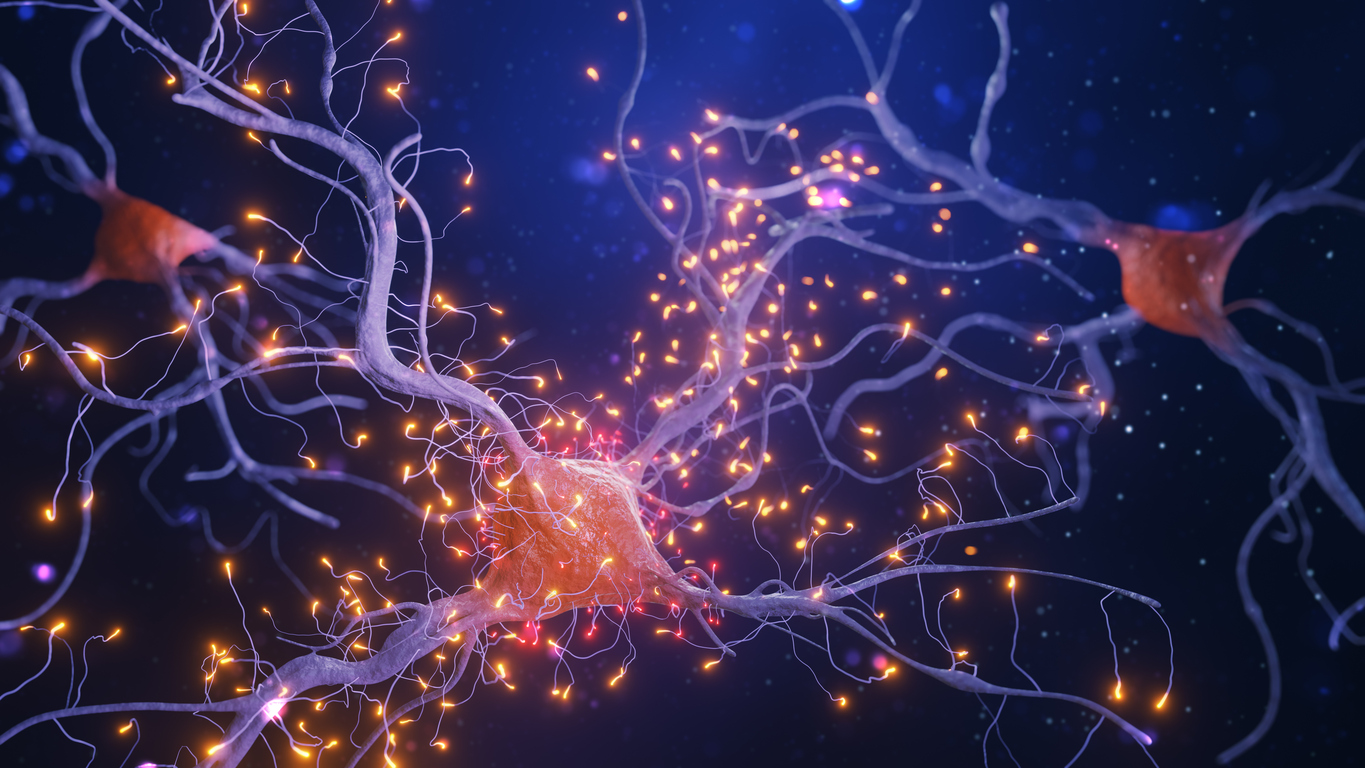2024-03-27
Multicellular pathophysiology of neurodegeneration
Neurology
Research into neurodegenerative diseases has long focused on neuronal cells, their dysfunction and selective vulnerability. At the same time, the involvement of other major cell types has been little explored. In this study, researchers used spatial gene expression, structural MRI and cellular deconvolution data to describe the cerebral distribution of different cell types in tissue lesions of 13 neurodegenerative diseases (early and late Alzheimer's disease, Parkinson's disease, Lewy body dementia, amyotrophic lateral sclerosis, frontotemporal lobar degeneration, ...). The researchers were able to develop comprehensive reference maps of cell abundance across the whole brain for six major cell types, and identified characteristic axes of spatial overlap with atrophy.

Last press reviews
Birch allergy: could one shot change everything?

#AllergicRhinoconjunctivitis #IgG4 #Allergoid #BirchPollen #Immunotherap...
Allergies: could the gut hold the key?

#SeasonalAllergicRhinitis #Probiotics #Prebiotics #GutMicrobiota...
Parkinson’s disease: bone health shouldn’t be overlooked

#ParkinsonsDisease #Osteoporosis #FractureRisk #FRAX #Prevention...